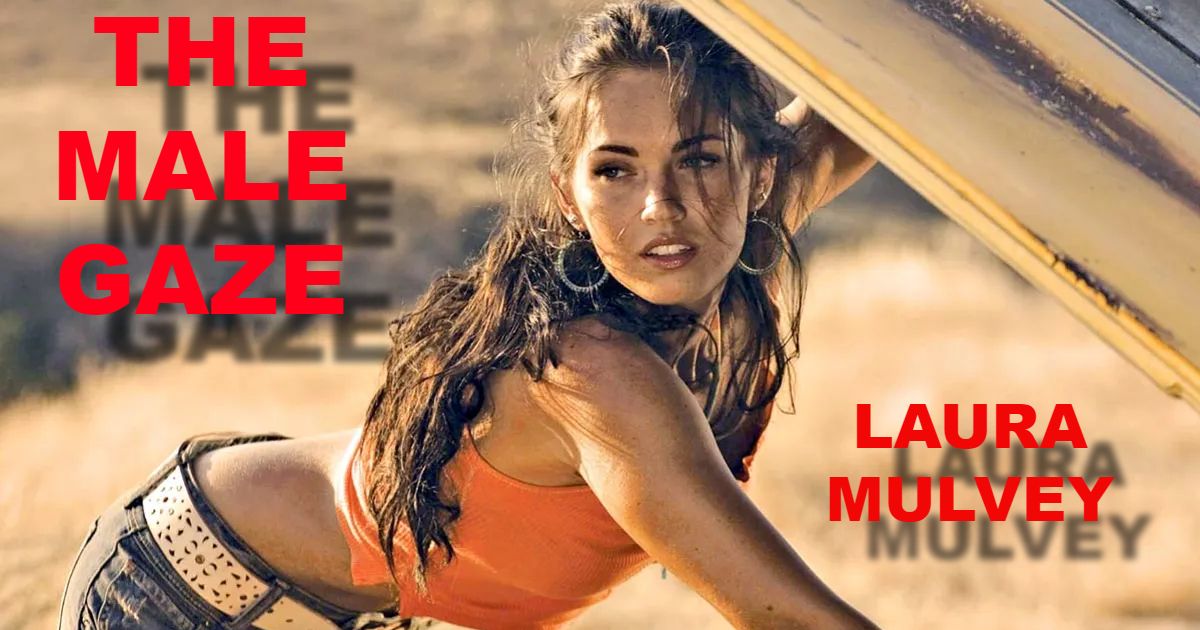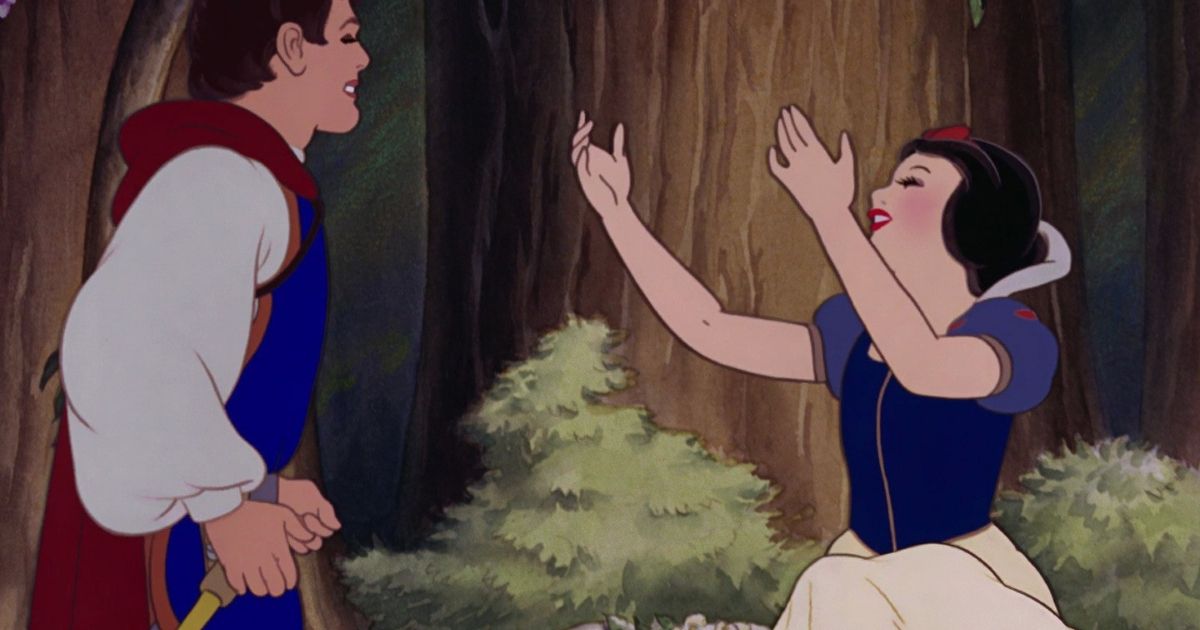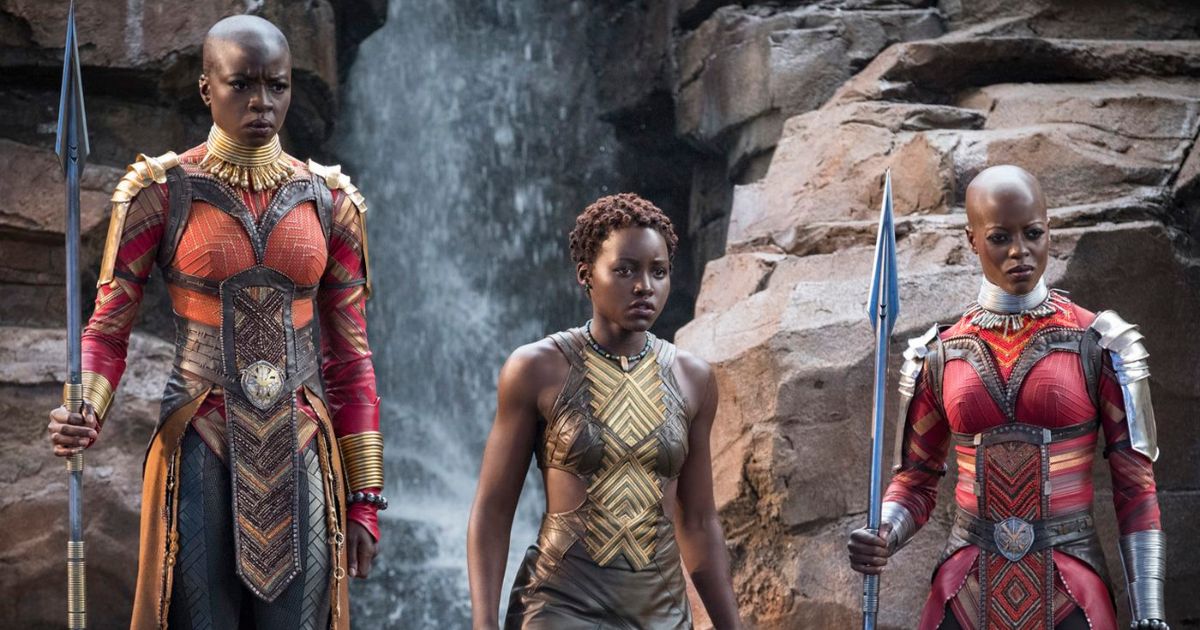Best known for her 1973 essay "Visual Pleasure and Narrative Cinema," Laura Mulvey is a British feminist film theorist. Her analysis and theories have been influenced by those of Freud and Lacan. However, rather than focusing merely on the psychoanalytic aspects behind the world of cinema, Mulvey takes it a step further and illustrates how the patriarchy has a huge impact on films. Thus, she makes a groundbreaking analysis on how the male gaze affects the film industry as well as the audience.
The key idea behind Mulvey's infamous theory is that women are simply objects used in films to satisfy masculine scopophilia, or the male gaze. This theory definitely helped change the world of film theory, criticism, and even filmmaking, as we are now able to see some toxic norms that have been established through the patriarchal system being broken down in the film industry. Here's a very brief analysis of Mulvey's theory and how she changed the way films are seen and analyzed.
Masculine Scopophilia
Obviously, the key feature that Mulvey uses to bring forth her theory is masculine scopophilia. The word scopophilia is similar to the word voyeurism except that the former is much more extreme. Voyeurism is when the viewer gains sexual pleasure by watching others engage in such activities or by simply watching others in objectified forms, mainly gaining pleasure through the knowledge that they are unaware of being watched.
Masculine scopophilia is the love of looking, but it gains more power in knowing that those who are being objectified (the actors) are aware of the exchange. Aparna Mammen of She The People clarifies the idea behind how scopophilia works cinematically, by showing how there are three perspectives of male gaze
One that of the man behind the camera, one of the male characters, and one of the male spectators. In other words, most of the content we consume is made by a man for men.
Mulvey points this out in her essay by calling it the characteristic of “to-be-looked-at-ness” in cinema, where the woman is “spectacle” and man is “the bearer of the look.” Hence, we see many toxic traits stemming from these films. One result of this is unrealistic body images and the pressure of women to exist primarily 'for' someone else, namely males, until they live as simply 'being-for-others.' We see this across the spectrum, but is fairly explicit in the Transformers franchise; Michael Bay's biggest directorial note to the actress Megan Fox was to 'look hot' and thus, we see the actress in booty shorts and crop tops to look pleasing to the viewer.
“The Bearer of Meaning and Not The Maker of Meaning”
Another statement that Mulvey makes in relation to her theory is that the woman is "the bearer of meaning and not the maker of meaning." What this means is that the roles assigned to women ensure that they are placed within the film as objects whilst the male characters "take control" and add meaning to the film. Perhaps the trope of "damsel in distress" is an example of this characteristic. The woman is simply waiting for the man to come rescue her, as she is made to look vulnerable and unable to rescue herself or do anything meaningful. She is simply an object that is used to ensure the male characters as well as the viewers can derive pleasure.
This can be seen through the storylines of the original Disney princesses. Almost all the stories, from Snow White to The Little Mermaid, end with the female character marrying the prince whom she has been waiting for since the beginning. This simply dilutes the role of women and objectifies them as they are portrayed as objects that need a man to rescue them. Their fundamental lack of self-sufficiency drives the narrative, and perpetuates a patriarchal narrative.
Recent Shifts From The Male Gaze
Mulvey's theory is so powerful (and much more academic and erudite than space allows for here) that it actually began affecting film studies and filmmakers, showing them how dominant the male narrative has been in the world of cinema. Thus, today we see more shifts from the male gaze as some spectacular films are being released that allows women to take charge and add meaning to the film whilst stepping away from the toxic traits that have been rooted by the patriarchy. The woman can be subject rather than object.
One example would be Black Panther where the female characters are strong and independent as warriors of Wakanda. This was further pointed out by the late Chadwick Boseman when he said, "I don't think there are any damsels in distress in this movie. That doesn't exist in this movie." prior to the film being released in 2018.
Films directed by women are also brilliant indications of how Mulvey's theory has helped changed the world of cinema. More often than not, when women stand behind cameras they tend to prevent objectification and create subjectivity for more diverse voices. Greta Gerwig's films like The Lady Bird can be regarded as a great example of this.




